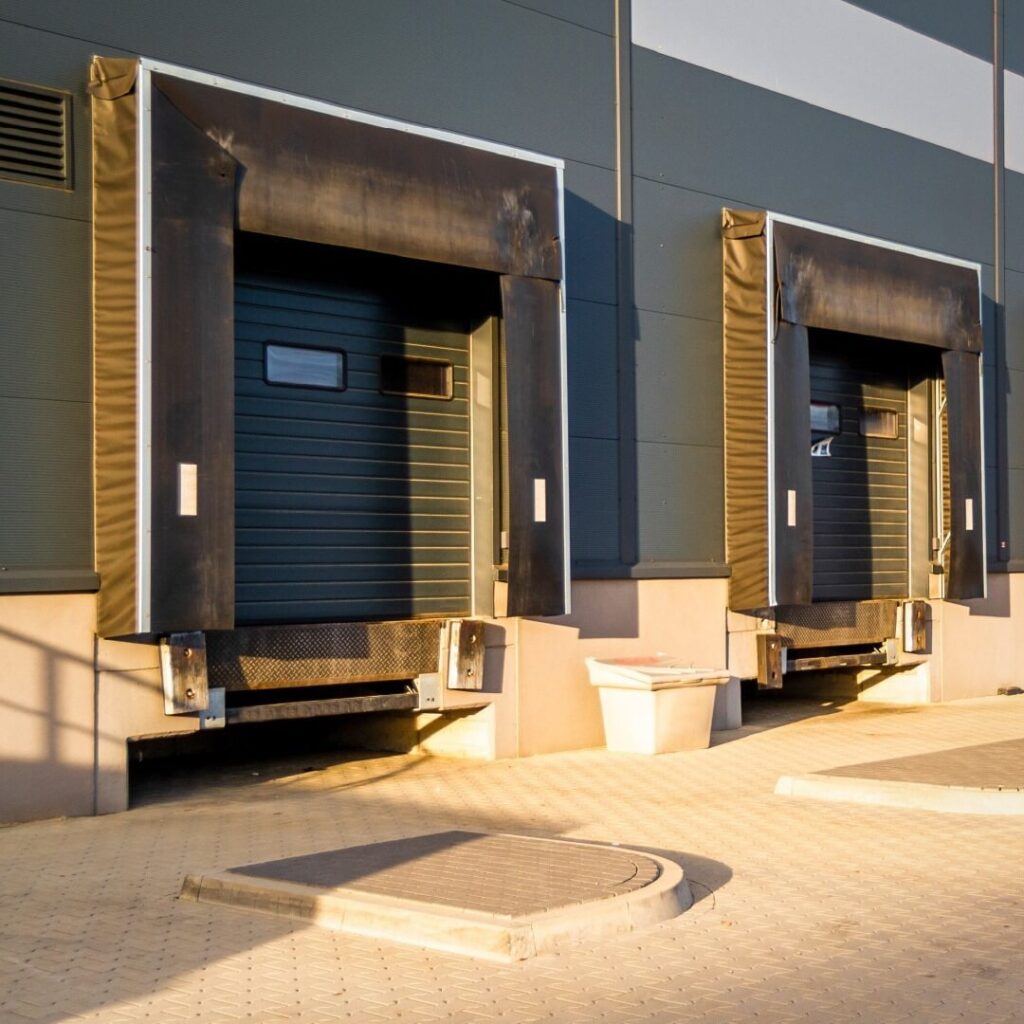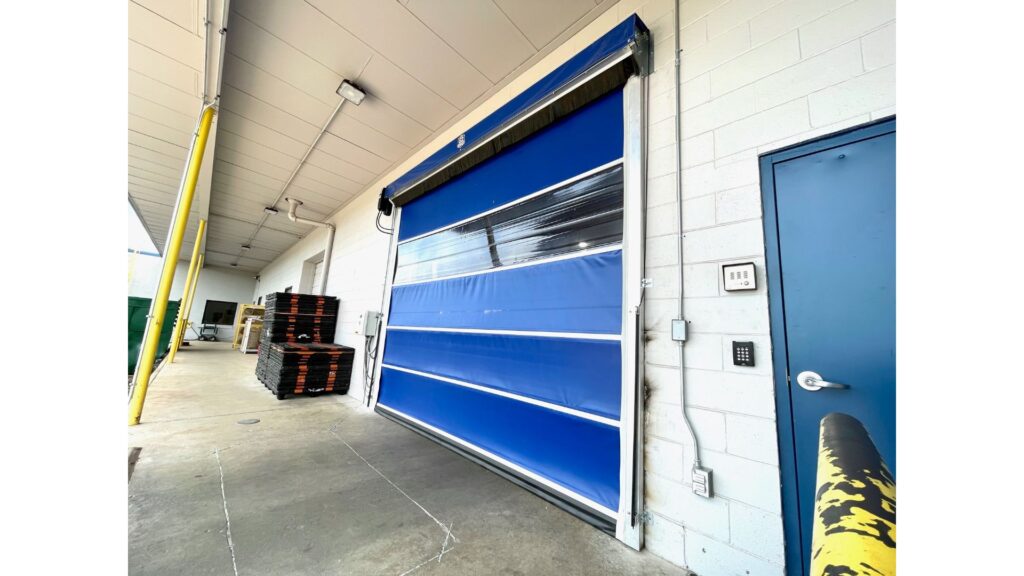In the world of logistics, manufacturing, retail, and more, loading docks are a critical point where merchandise and materials move from one part of the supply chain to the next. They play an important role in the efficient movement of goods, directly affecting the efficiency and success of a business.
In this post, we’ll explain what loading docks are, look at their essential components, and explain the different types. We’ll also discuss the importance of loading docks for specific businesses and some customizable dock features available today. Keep reading to learn more!
What Are Loading Docks?
Loading docks, also called loading bays, are areas in a building or facility that allow for the movement of goods from vehicles. They are typically located at the back of a facility and provide direct access points to storage areas or warehouses. This facilitates the smooth transfer of products and easy organizing. The design and functionality of loading docks directly affect how efficiently this movement of goods operates, impacting logistics.
The Main Components of Loading Docks
Basic loading docks have a few key components that work together to ensure the functionality of the dock:
- Dock Levelers: Dock levelers bridge the gap between the dock itself and the vehicle that needs to be loaded or unloaded. This ensures a smooth transition of goods across the gap. Dock levelers can be mechanical, hydraulic, or pneumatic.
- Dock Seals: These enclose the space between the dock and the vehicle, improving energy efficiency by keeping the outside air from coming into the building. This also protects the dock area from outside weather in the case of rain or snow.
- Bumpers: Bumpers are installed to protect the dock and vehicle from damage. They absorb the impact when a vehicle backs into the dock, preventing damage.
- Restraints and Truck Locks: These work together to secure the vehicle to the dock, preventing separation and ensuring safety during loading and unloading.
- Overhead Doors: Overhead doors manage dock access and building insulation. When the dock is not in use, the overhead door keeps the area secure and keeps the inside of the building protected from the outside.
Types of Loading Docks
Loading docks can have a variety of configurations to suit the needs of individual spaces and businesses. Here are a few of those types.
Flush Docks
Flush loading docks are the most common type of dock. They are built at ground level and allow trucks to back up to the building easily. Most smaller facilities and warehouses use these docks for their simple design and ease of use.
Enclosed Docks
Enclosed loading docks are in a covered area that helps protect the area from weather. Some enclosed docks also have additional doors and walls that allow for extra security and protection.
Saw-Tooth Docks
Saw-tooth loading docks consist of multiple docks that are in a zig-zag pattern to allow for more efficient movement of trucks. Larger facilities will often use this design to help make the best use of their space. This also helps manage higher traffic and larger shipments.
Drive-In Docks
Drive-in loading docks are designed to have trucks enter the facility and drive into a dock inside. This design is common in very large distribution centers and facilities that need to optimize their space to the maximum and handle a lot of goods at once.
Depressed Docks
Also referred to as a declining dock, depressed loading docks have a sloped driveway that a truck backs down into until they are flush with the dock area. These docks are common in buildings with basement areas or separate levels.
The Importance of Loading Docks for Certain Types of Businesses
Loading docks are essential for many industries and their logistics. Retail, distribution, and manufacturing specifically need them in many cases to properly manage the movement of goods. They ensure products can be efficiently received, stored, and dispatched from a given facility.
The speed and safety with which goods are handled directly affect operational costs, product integrity, customer satisfaction, and overhead. A well-designed loading dock system can improve your business logistics and be an important asset to your business.
Additional Options for Loading Docks
Loading docks have many customizable options that help tailor your system to your needs and improve the efficiency of your facility. Here are some of those options:
- Automated Solutions: Dock levelers, vehicle restraints, overhead doors, and other pieces can be automated to make logistics faster and easier for employees and drivers. They can also contribute to workplace safety by eliminating the manual use of loading dock components.
- Energy-Efficient Components: High-speed overhead doors and insulated overhead doors minimize energy loss by maintaining temperature and reducing energy consumption. Some mechanical components also come in various designs and price points that can operate more efficiently than others.
- Safety Features: Special lighting systems for visibility, safety barriers, and warning alarms are a few types of safety equipment that can be added to improve the safety of a loading dock. Certain types and areas can benefit from additions like these to prevent injury, accidents, and product damage.
Loading Docks: Conclusion
Loading docks are a crucial component of the supply chain for many businesses. Their design and operation can significantly impact efficiency and safety. Investing in the right type of docks, installing the right components, and adding safety features, your business can benefit from an optimized system.
If you’re looking for loading dock maintenance or installation in Oklahoma City, Norman, or Tulsa, give us a call at Commercial Door. Our team is expertly trained to provide the best loading dock services in Oklahoma. Check out all of our services for our full capabilities, and reach out to us on our contact page for a free estimate and more information.





